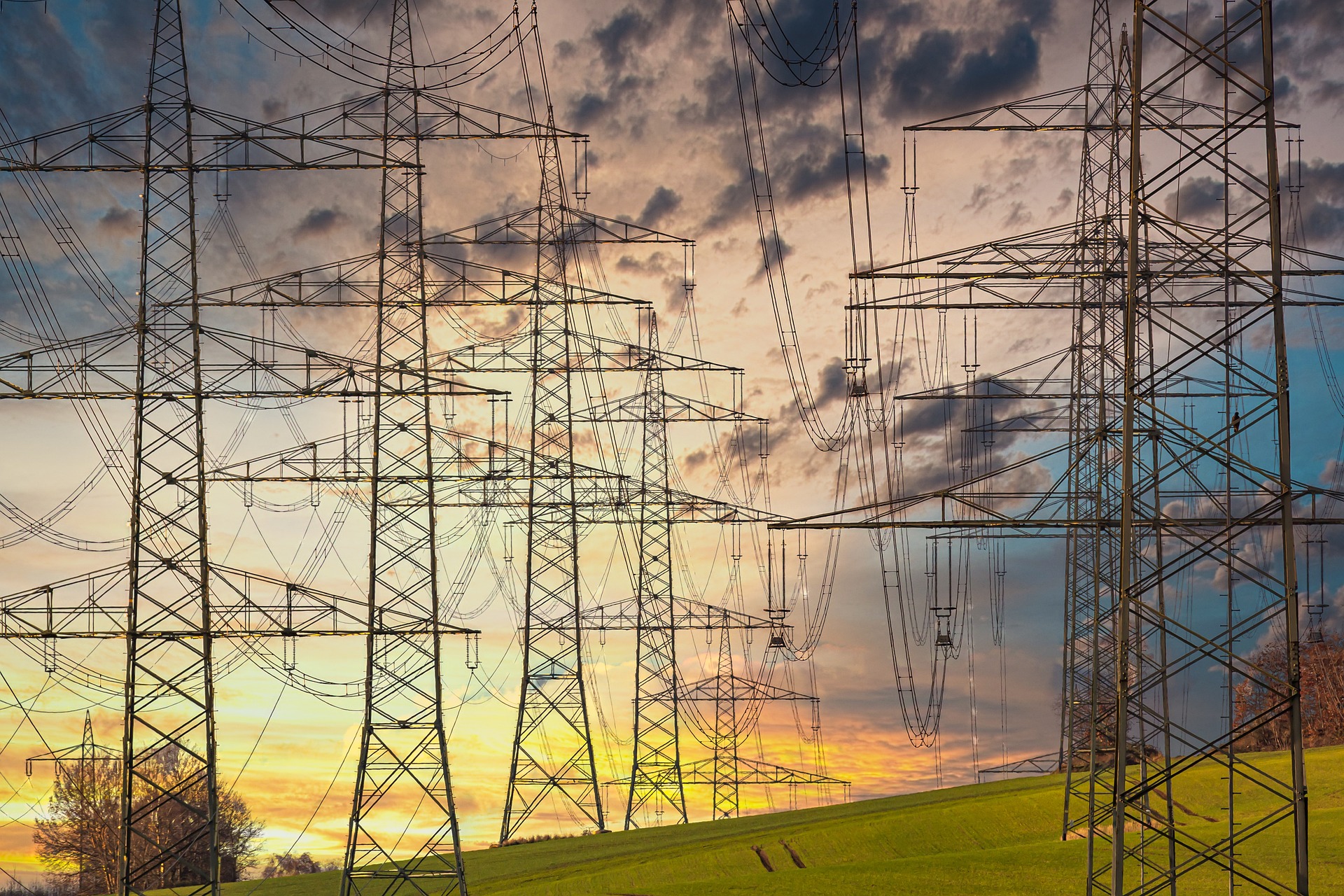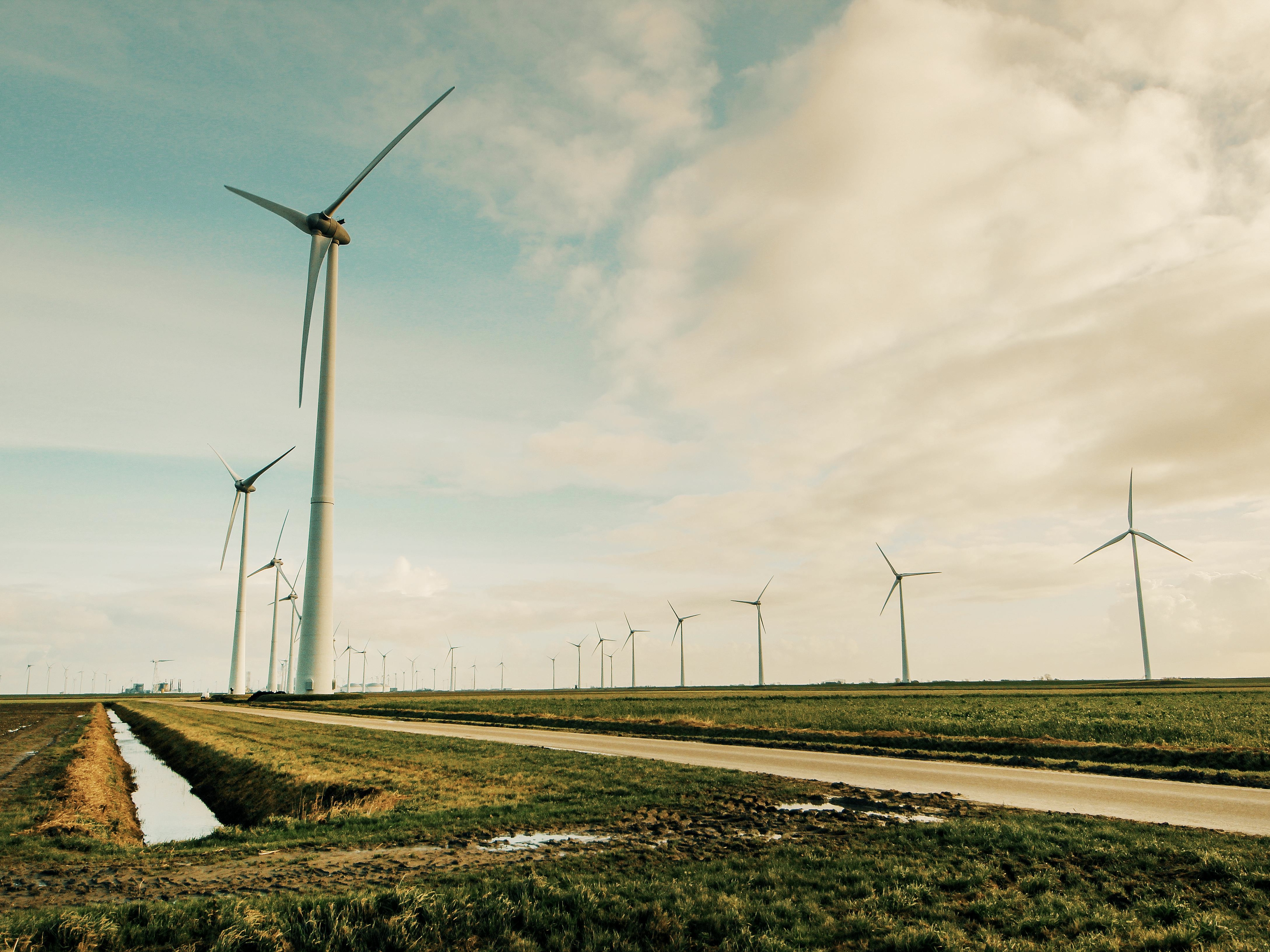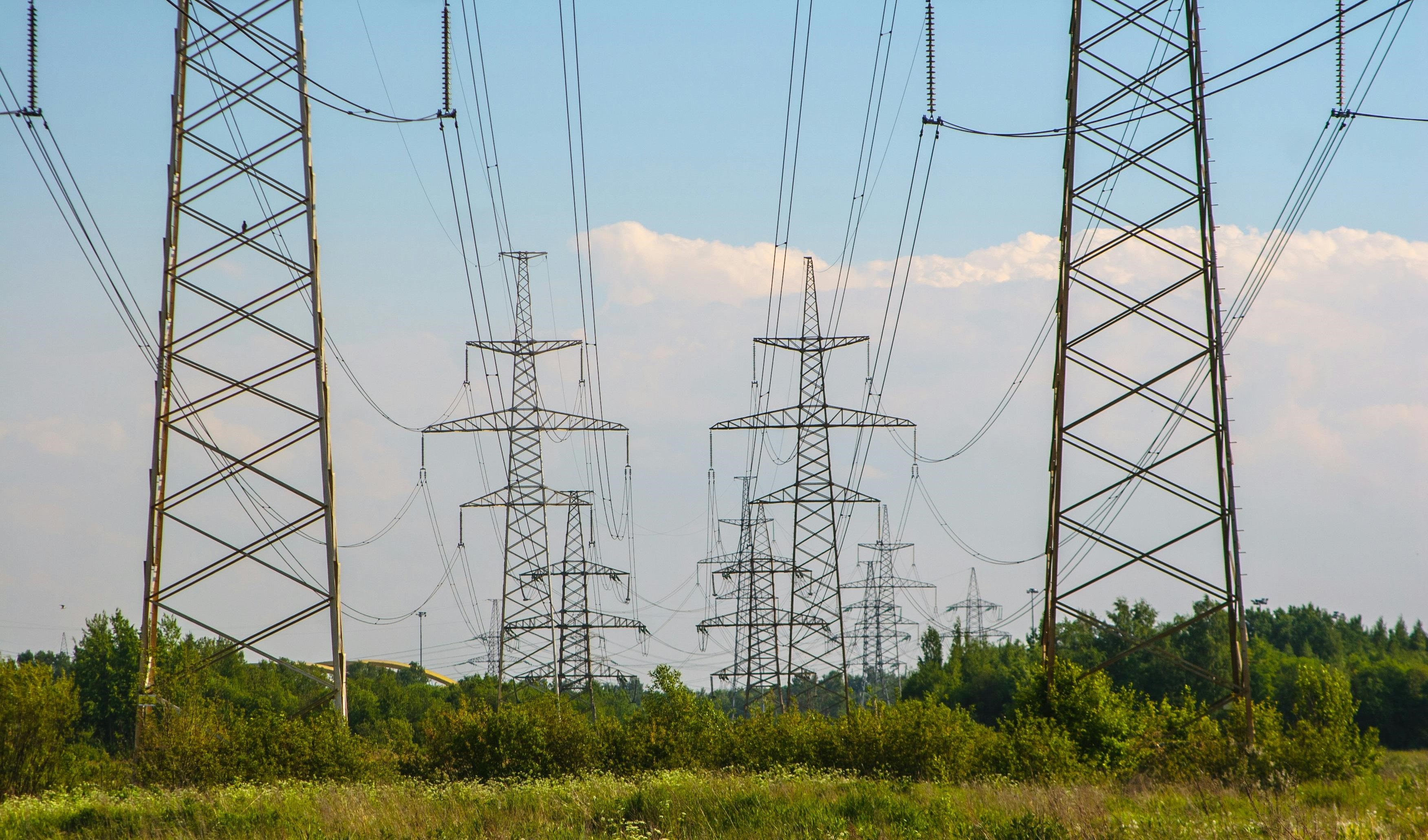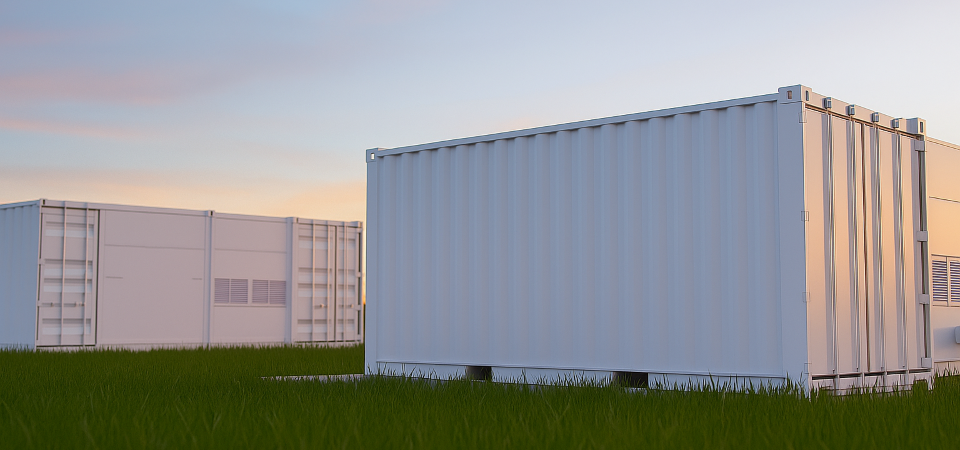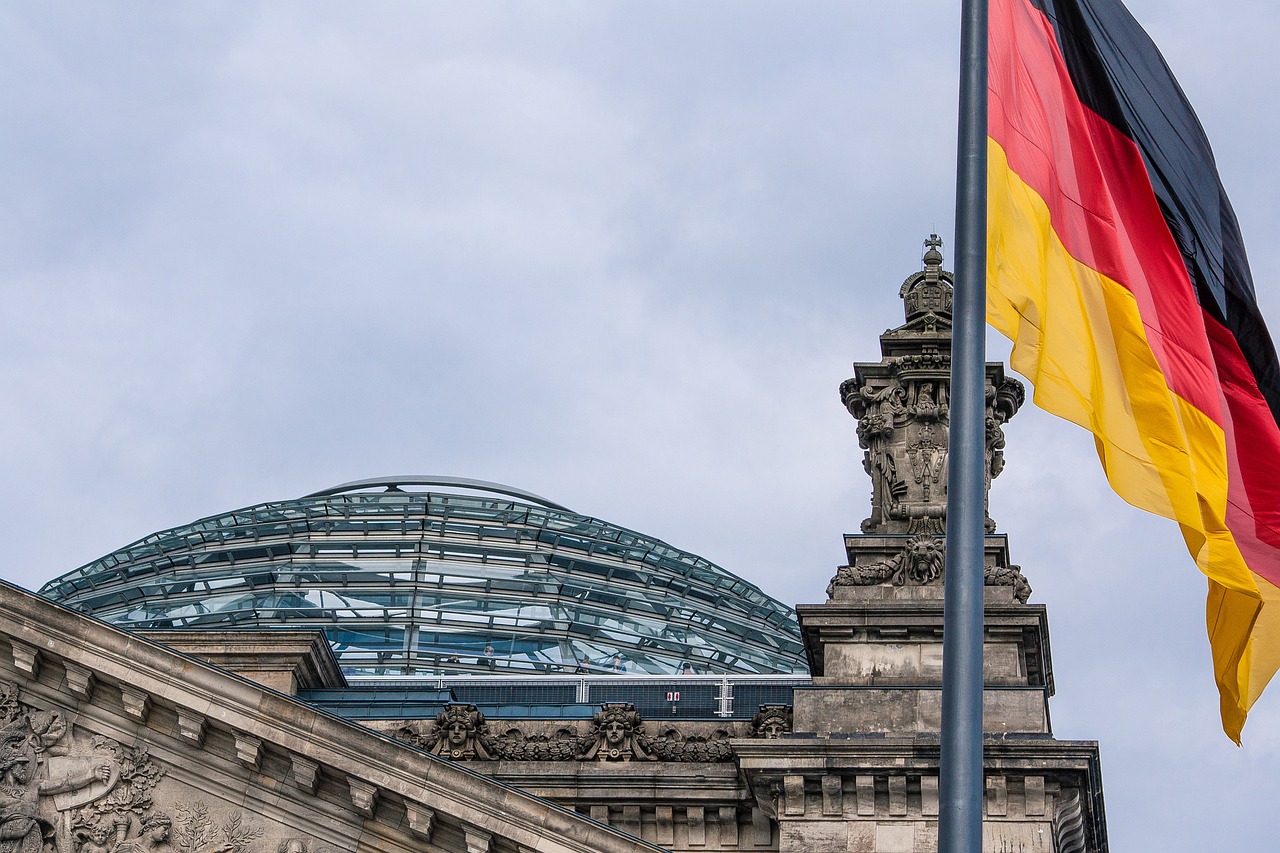Industrial electricity price: meaningful subsidy or misplaced incentive?
Hardly any other cost factor shapes German industry as strongly as the price of electricity. For years, companies have warned about internationally uncompetitive energy prices and the risk of losing competitiveness. With the planned industrial electricity price, the German government aims to provide relief from 2026 onwards. But is this subsidy really the right approach? A closer look shows that the concept remains controversial – and raises fundamental questions about the future of Germany’s energy policy.

What is the industrial electricity price?
The industrial electricity price is a state-subsidised tariff for particularly energy-intensive companies in Germany. The aim of the German federal government is to provide short-term relief for these businesses and prevent them from relocating abroad.
When will it take effect?
The subsidised industrial electricity price is scheduled to apply from 1 January 2026. According to German Federal Minister for Economic Affairs Katharina Reiche, negotiations with the European Commission are already in their final stages.
In June, the European Commission generally approved the idea of an industrial electricity price. At the time, it was stated that a discount of up to 50 per cent on the wholesale electricity price would be permitted, though only for up to half of a company’s annual electricity consumption. Subsidies may be granted for a maximum of three years per company and must end by 2030 at the latest. Nevertheless, the exact design of the scheme remains open.
How will it be financed?
The industrial electricity price is to be financed through the German Climate and Transformation Fund. The Climate and Transformation Fund is a special fund of the German federal government used to support the energy transition and climate protection, and to advance a climate-neutral and competitive economy. The expected annual cost is around 1.5 billion euros – for approximately 2,000 companies.
Which companies will receive the industrial electricity price?
The state subsidy is aimed specifically at electricity-intensive industries, including:
- Chemicals
- Steel
- Paper
- Aluminium
- Glass
- Building materials
- Basic materials industries
These sectors face strong international competition and are considered particularly dependent on energy.
Criticism of the industrial electricity price
A discounted industrial electricity tariff may seem sensible at first glance: high energy costs reduce competitiveness, so the state should step in to provide support.
However, on closer inspection the measure shows significant weaknesses. Experts from the German Institute for Economic Research and the Cologne Institute for Economic Research highlight several concerns:
- Costly subsidies without long-term impact: 1.5 billion euros per year from the Climate and Transformation Fund, potentially diverting money from essential projects such as grid expansion or the broader energy transition.
- Weak incentives for efficiency and modernisation: Cheaper electricity reduces the pressure to invest in efficiency optimisation, advanced technologies or renewable energy.
- Competitive distortions: Only a small number of large companies will benefit, while SMEs and municipal utilities are left out.
- Limited duration: The subsidies expire in 2030. After that, companies face the same challenges again.
- Political uncertainty: As long as the details remain unclear, companies cannot plan strategically with confidence.
Why the industrial electricity price alone is not enough
To achieve permanently competitive electricity prices, temporary subsidies are not sufficient. What is needed instead:
- Rapid expansion of renewable energy with low generation costs
- Modern and efficient electricity grids that reduce regional price disparities
- Full use of flexibility through smart energy management to align consumption with availability and price fluctuations
- High-performance storage solutions such as BESS to improve security of supply and price stability
Only when sufficient green electricity is produced, reliably distributed and flexibly stored can a stable energy market emerge without the need for large-scale government subsidies.




